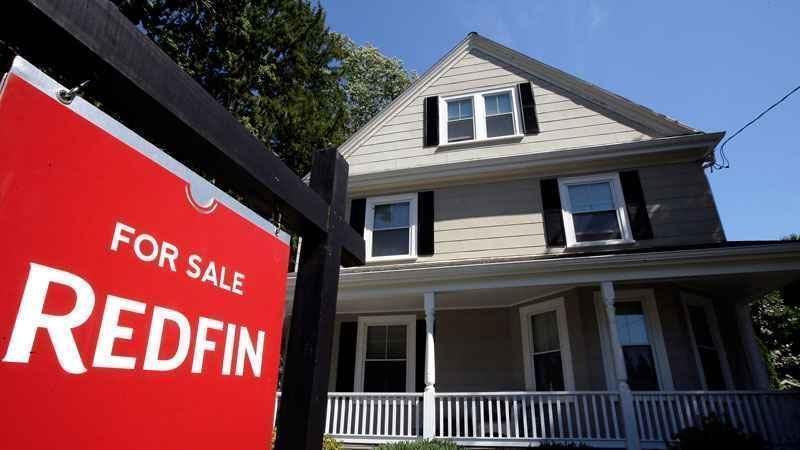US home prices soar in March by most since late 2013

In this July 9, 2018, file photo, a for sale sign stands outside a pre-existing home, in Walpole, Mass.[AP/Steven Senne, File]
March U.S. home prices jumped by the most in more than seven years as an increasing number of would-be buyers compete for a dwindling supply of houses.
The March S&P CoreLogic Case-Shiller 20-city home price index, released Tuesday, rose 13.3% from a year earlier, the biggest gain since December 2013. That increase followed a surge of 12% in February.
The large gains suggest that the pandemic has spurred more Americans to seek out the extra room provided by a single-family home. Yet at the same time, COVID-19 has discouraged many homeowners from selling and opening up their homes to would-be buyers.
As a result, the number of homes for sale fell 21% in April compared with a year earlier, to just 1.16 million, near a record low on records dating back to 1982, according to the National Association of Realtors.
That has pushed buyers into a near-frenzy. Properties were on the market for just 17 days in April, and 88% of homes sold were on the market for less than a month, the NAR said.
The resulting bidding wars raised the price of the typical, or median, house to $341,600 last month, the NAR said, a record high.
Some of the year-over-year gain likely reflects slower sales and reduced demand a year ago at the onset of the pandemic. All 20 cities in the Case-Shiller index reported faster price gains in March than in February.
The largest increase was in Phoenix for the 22nd straight month, where prices rose 20% compared with a year ago. San Diego saw the next largest gain, at 19.1%, followed by Seattle, with 18.3%.
The housing market has gotten so out of whack that nearly half of all homes are now selling for above the seller’s asking price, according to real estate brokerage firm Redfin, the highest in the decade the company has tracked such data. That’s up from roughly a quarter of sales in April 2019, the year before the pandemic.
Still, the market may cool off in the coming months. With vaccinations spreading and COVID-19 waning, more sellers may be willing to list their homes.
And Daryl Fairweather, chief economist at Redfin, said many Americans are likely to start spending more money on services, such as vacations, dining out, and other entertainment, and focus less on new homes.
The number of people signing contracts to buy homes dropped in May, and fewer people are applying for mortgages.
“At a certain point, buyers just back off and you get more stable price growth," Fairweather said. "I think this is the peak, but it’s going to be hot for a long time. It’s more like a plateau.”